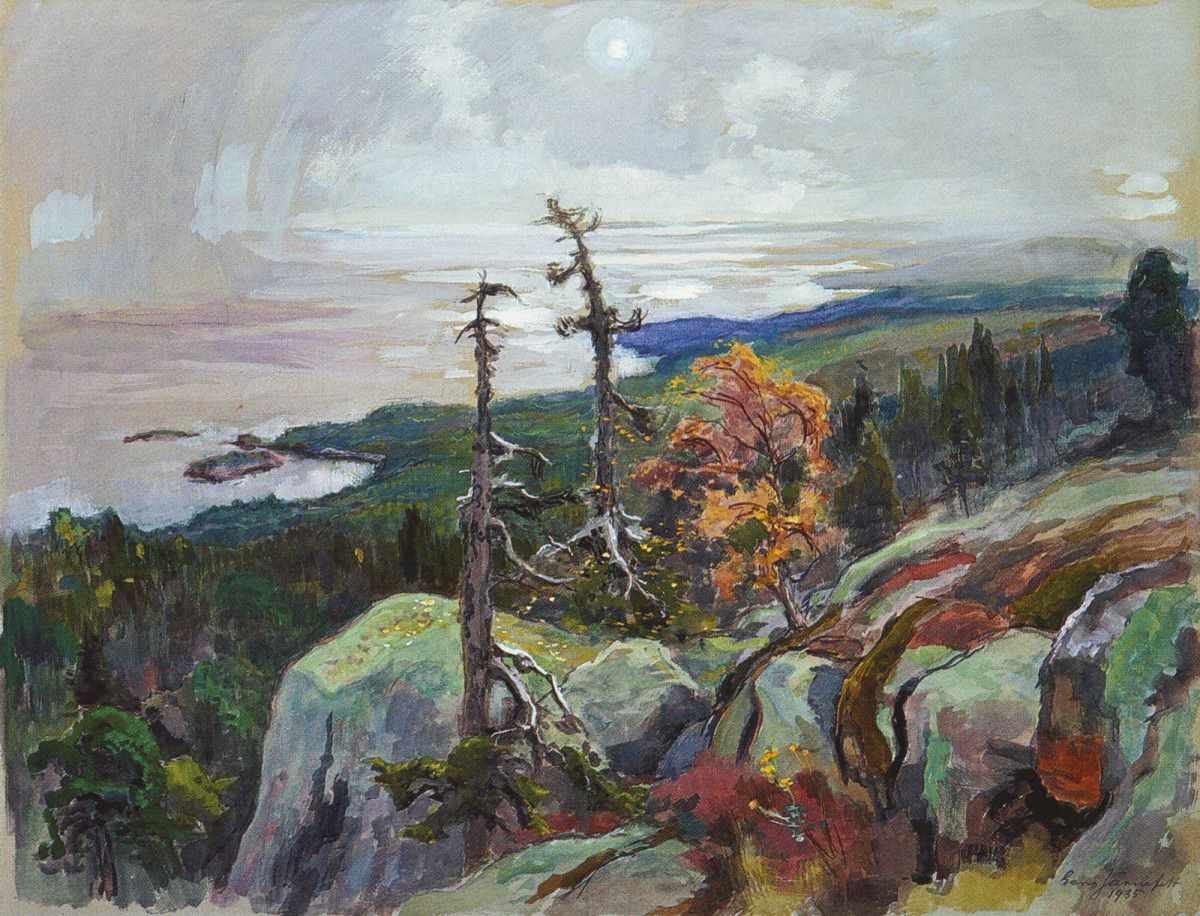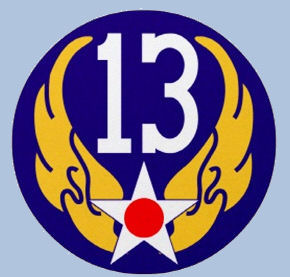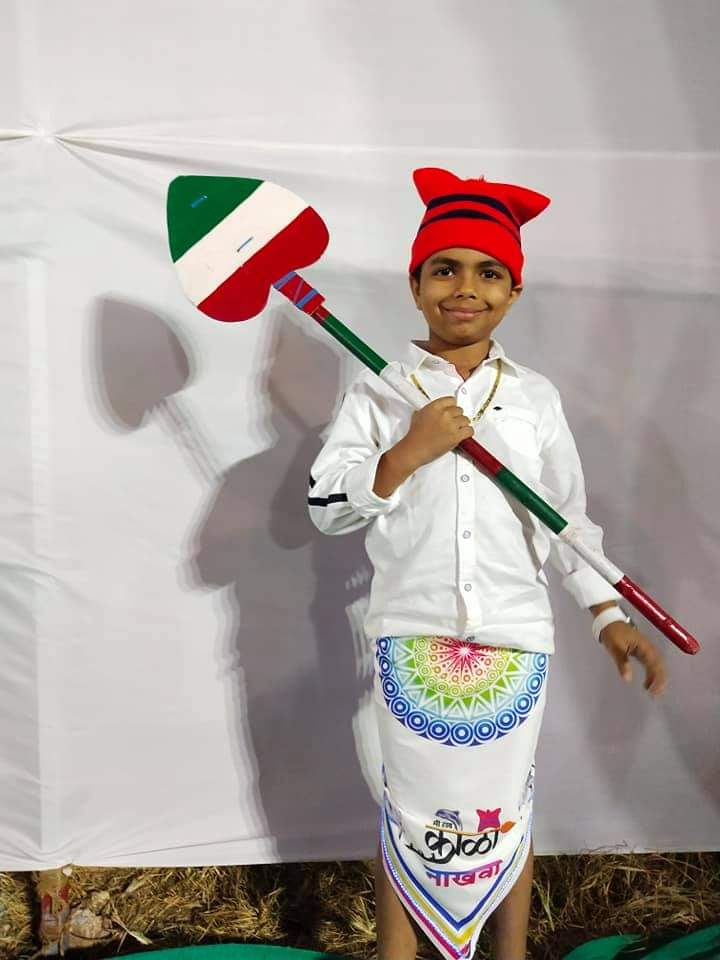|
Koli (other)
Koli may refer to: Places * Koli, Finland, a hill in Finland * Koli National Park, a national park in Finland * Koli, Iran (other), several places in Iran * Koli Airfield, a former airfield in the South Pacific Other uses * Koli people, an ethnic group found predominantly in northern and western India * Koli language (other), dialect cluster of Pakistan and India * Koli (surname), various people with the surname * Koli Sewabu (born 1975), Fijian rugby union footballer * KOLI, an FM radio station that serves Wichita Falls, Texas See also * * Kolli (other) * Kol (other) {{disambiguation, geo, given name Language and nationality disambiguation pages ... [...More Info...] [...Related Items...] OR: [Wikipedia] [Google] [Baidu] |
Koli, Finland
Koli is a hill by the lake Pielinen in municipality of Lieksa in eastern Finland. It mainly consists of white quartzite, and its summit has large treeless areas. Koli village is at the root of the hill, and the area is part of Koli National Park. Description Predecessor of the Koli fells, the Karelian fold mountains, or Karelides were formed in a crash of tectonic plates about 1800 million years ago, an old plate sunk down towards the core of the Earth and a younger plate pushed upwards. From the younger plate arose the five-kilometre-high peaked mountains known as Karelides. Over the millions of years, however, the high mountains eroded and only Koli remains. Koli's cliffs have received their characteristic smooth, rounded shape during the ice age. The continental ice has also collected moraines to eskers, moved huge boulders and created boulder caves and rocks with ripple marks in the area. The summits are called Ukko-Koli (347 m), Akka-Koli (339 m), Paha-Koli (334 m) and P ... [...More Info...] [...Related Items...] OR: [Wikipedia] [Google] [Baidu] |
Koli National Park
Koli National Park ( fi, Kolin kansallispuisto) is a national park in the municipalities of Joensuu, Lieksa and Kontiolahti in the North Karelia region of Finland. It covers of forested hills on the western shore of Lake Pielinen. The park was established in 1991 and is currently governed by the Metsähallitus. It was originally governed by the Finnish Forest Research Institute, which is also called the Metla. Koli National Park preserves the traditional agricultural heritage of the area. The park was once a pagan sacrificial site, and was later used for slash-and-burn agriculture. While fields in the park are no longer slashed and burned, hay is cut yearly and traditional Finnish breeds of cow and sheep graze in the meadows of Koli. According to central protection objectives, Koli National Park is divided into three main zones. Stringent attention is paid to the natural landscape and geological aspects of the mountaintop zone of Koli. In this culture zone, a variety of ... [...More Info...] [...Related Items...] OR: [Wikipedia] [Google] [Baidu] |
Koli, Iran (other)
{{geodis ...
Koli or Kolli or Kali ( fa, كلي) in Iran may refer to: * Koli, Ardabil * Kali, Bushehr * Kali, East Azerbaijan * Koli, East Azerbaijan * Kali, Kermanshah * Kolli, Sistan and Baluchestan * Kali, South Khorasan * Kali, Zanjan * Koli-ye Olya (other) * Koli-ye Sofla (other) * Goli, Iran (other) Goli or Geli or Golli ( fa, گلي), sometimes rendered as Guli, in Iran may refer to: * Goli, Ardabil * Goli, Khalkhal, Ardabil Province * Golli, Nir, Ardabil Province * Goli, Charuymaq, East Azerbaijan Province * Geli, Kermanshah * Guli, Ker ... [...More Info...] [...Related Items...] OR: [Wikipedia] [Google] [Baidu] |
Koli Airfield
Koli Airfield (also known as Bomber 3 Field) is a former World War II airfield on Guadalcanal, Solomon Islands in the South Pacific, located near Koli Point, eight miles east of Henderson Field, close to the Metapona River to the east and the Naumbu River to the west. The airfield was abandoned after the war and today is almost totally returned to its natural state. History This airfield was built for B-24 Liberator heavy bomber operations, primarily by the Thirteenth Air Force. The single strip ran approximately NE to SW (parallel to Carney Airfield) and had several taxiways off both sides. Surfaced by bitumen with metal, Marsden Matting-like material for heavy aircraft and was completed in the middle of 1943. Units assigned were: * 42d Bombardment Group, 6 June-20 October 1943 * 307th Bombardment Group, February 1943-28 January 1944 Disused since the war. Bomber 3 strip was used for drying Copra at the nearby plantation, and parts of the airfield are used as a road. See a ... [...More Info...] [...Related Items...] OR: [Wikipedia] [Google] [Baidu] |
Koli People
The Koli is an Indian caste found in Rajasthan, Himachal Pradesh, Gujarat, Maharashtra, Uttar Pradesh, Haryana, Karnataka, Odisha and Jammu and Kashmir states in India. Koli is an agriculturist caste of Gujarat but in coastal areas they also work as fishermen along with agriculture. In the beginning of 20th century, the Koli caste was recognised as a Criminal Tribe under Criminal Tribes Act by British Indian government because of their anti-social activities during World War I. The Koli caste forms the largest caste-cluster in Gujarat and Himachal Pradesh, comprising 24% and 30% of the total population in those states respectively. History Early There has historically been some difficulty in identifying people as Koli or as Bhil people in what is now the state of Gujarat. The two communities co-existed in the hills of that area and even today there is confusion regarding their identity, not helped, in the opinion of sociologist Arvind Shah, by there being ... [...More Info...] [...Related Items...] OR: [Wikipedia] [Google] [Baidu] |
Koli Language (other) (Tharadari Koli)
{{dab ...
Koli is any of several languages closely related to Gujarati: *Kachi Koli language *Parkari Koli language *Wadiyara Koli language Wadiyara Koli is an Indo-Aryan language of the Gujarati group. It is spoken by the Wadiyara people, who originate from Wadiyar in Gujarat; many of whom are thought to have migrated to Sindh in the early twentieth century, following the onset ... [...More Info...] [...Related Items...] OR: [Wikipedia] [Google] |


